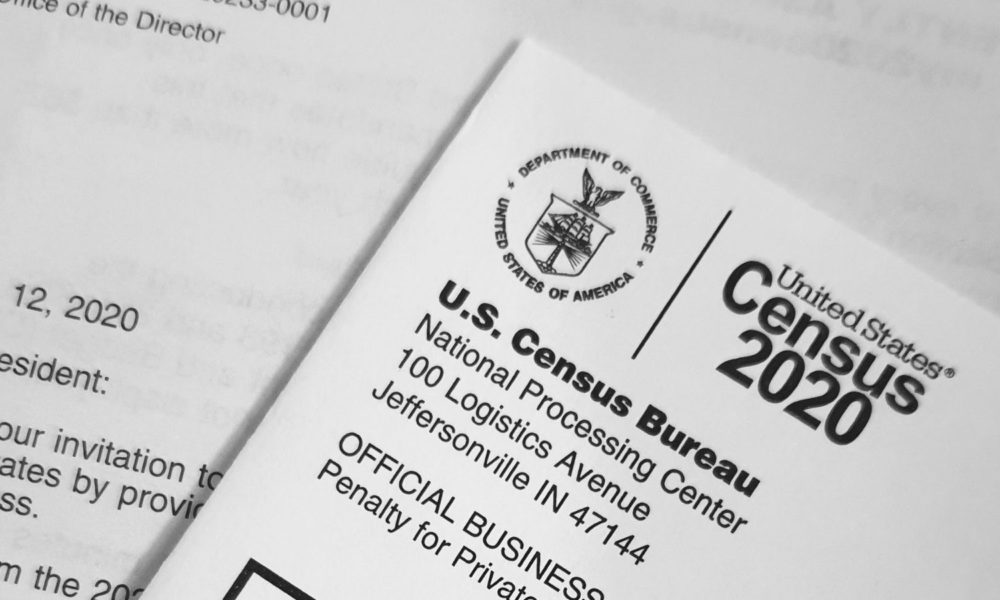For the first time in the history of the US Census, the oldest and largest science project undertaken by our government, data are now easy to access, allowing users to evaluate the process of political redistricting now getting under way across the states. This democratization of information and technology could not have come at a better time, as the Supreme Court has more or less abdicated responsibility for protecting political equality under the threat of partisan gerrymandering, and state legislative parties have both the opportunity and incentive to maximize partisan advantage in drawing electoral districts for the next decade.
Thanks to the work of many dedicated scientists, programmers, and other experts familiar with census and election data, anybody with a little time and some basic computer skills can generate and download new and proposed districting plans, identify geographic communities of interest, and help assess alternative, unbiased plans to compare with those designed by partisan actors. The following sources provide an array of tools that you can use to protect and advance democracy in this redistricting cycle:
The Redistricting Data Hub is a one-stop shop for all things redistricting. In addition to data, the Hub provides great resources for explaining the redistricting process and a comprehensive set of links to district mapping tools. The availability of these tools has greatly expanded since the last redistricting cycle, allowing the public to make their own maps that comply with state redistricting criteria. Options include the web-based Districtr designed by the research team at the MCGG Redistricting Lab, and DistrictBuilder (2.0), both of which provide support for organizations looking to collaborate on public mapping projects.
Christopher T. Kenny and Cory McCartan, working with data from the Voting and Election Science Team (VEST), have already done the work of joining together census data with precinct-level election data in an open-source, reproducible workflow. Code for generating the data, along with scripts for joining the data to geographic shapefiles and instructions for use, are included at their repository. This is all the data you need to make maps and estimate partisan bias with the publicly available mapping tools above.
The team at the Princeton Gerrymandering Project, in collaboration with RepresentUs and the Election Innovation Lab, will be evaluating bias in proposed maps across the states, as will PlanScore, a project of the Campaign Legal Center that allows users to upload their own plans with geospatial files and produce several estimates of partisan bias. There has never been so much space for ordinary people to become part of the redistricting process.
Honestly, you don’t need to be a rocket scientist, or even a political scientist, to meaningfully participate in redistricting using these tools. As my co-authors and I show in our recently published book Gerrymandering the States, despite the Supreme Court’s confusion over “sociological gobbledygook”, partisan bias in any districting plan can be estimated using pencil and paper. If you have a proposed map with updated census data and a measure of the average two-party vote shares in those districts (aggregating precinct data from previous elections), you can use the following simple formula:
Bias = (proportion of seats with Democratic vote share 5% more than statewide average) – (proportion of seats with Republican vote share 5% more than statewide average)
This formula answers a straightforward question: Does a districting plan create more Democratic or more Republican leaning districts relative to the average level of support the parties get in a state (or county, or city council, etc.)? We find that the correlation between this simple measure of the distribution of support and more complex measures of symmetry used in the book is over .9 (where 1.0 = perfect correlation).
Beyond public mapping, grassroots voting rights and community groups need basic scientific skills in the short term during the current legislative and redistricting cycles leading up to the 2022 elections. And given the problems with undercounts of hard-to-reach populations, it is imperative that groups working with census data follow protocols that have been established by experts in the field.
Science advocates can take multiple specific actions in the months ahead:
- Advocate for and engage in public input opportunities underscoring the need for transparent, science-based methods of map development;
- Be a critical voice in calling out legislation that is not evidence-based;
- Leverage your voice as a technical expert in the local media to encourage public participation and put your state’s mapmakers on notice that the community will be watching for a fair, transparent redistricting process;
- Reach out to your state or city/town’s local group working to advocate for fair maps and ask if your unique skill sets can be of support;
- As a scientist or other expert, you can join more than 900 signatories and endorse this scientists’ letter.
Finally, there is a more fundamental contribution that scientists can make to these efforts: scientists are authorities on the scientific method. One of the core commitments of that method is experimentalism, and the link between experimentalism and democracy is direct: democracy is a form of collective decision making, based on the same design principles of open and transparent consideration of independently verifiable information. Jack Knight and James Johnson make the case in their paper The Priority of Democracy: “We trust or value experimental outcomes insofar as they emerge under proper conditions, and we expend much effort in monitoring those conditions. The priority of democratic institutional arrangements emerges because they embody the sorts of reflexivity needed to monitor the conditions under which alternative institutions and practices, including democratic procedures themselves, generate normatively attractive outcomes.”
Scientists are the front-line defenders of those values, and as such, we have a unique ability–and obligation–to stand up for the priority of democracy.

